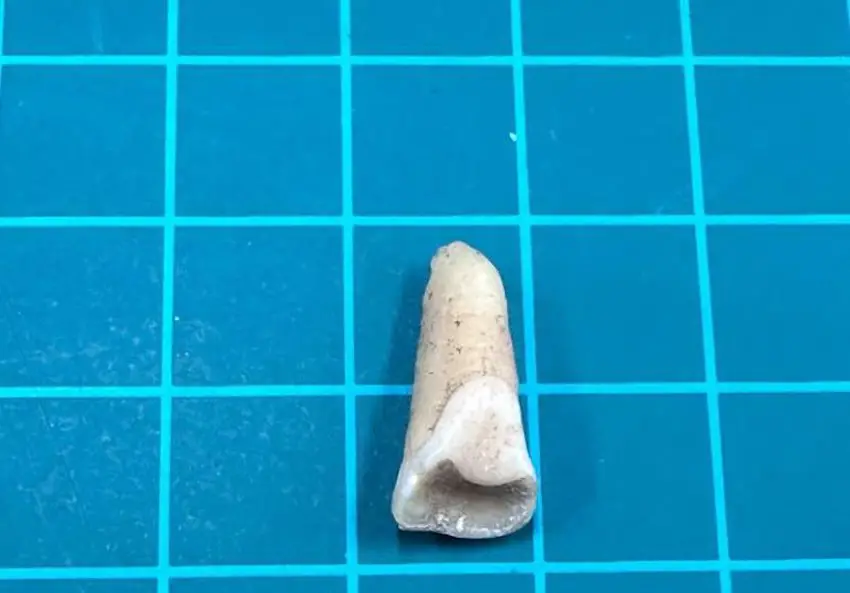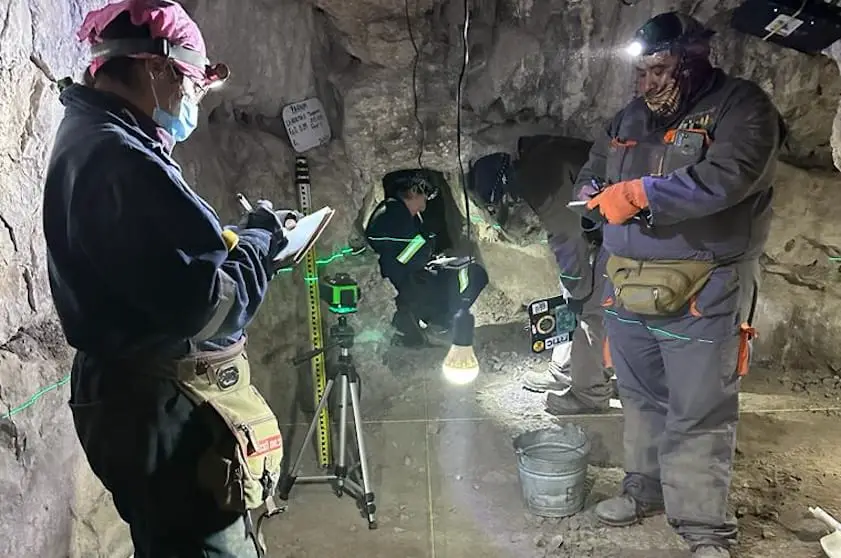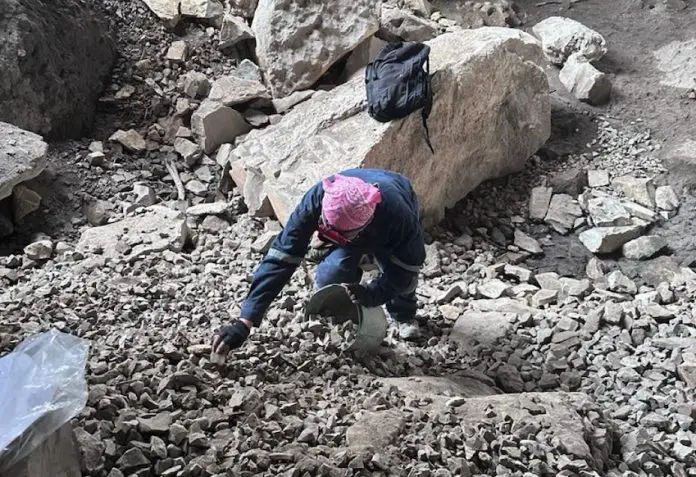The National Institute of Anthropology and History (INAH) has found human bone remains in a cave in the northern state of Nuevo León, believed to be around 2,500 to 3,000 years old.
The bones were laid alongside fragments of basketry, textiles and fibers, which may have been part of a bundle in which the bones were wrapped. They were found 1.65 meters deep in the south chamber of the cave, known as La Morita II.

So far, specialists have identified hand bones, foot bones, ulna, ribs, and teeth of a baby and two adolescents. The dig forms part of the INAH “Prehistory and Historical Archaeology of Northeastern Mexico” project.
INAH reported that the archaeologists also found 1,500 artifacts, including utensils and tools for domestic ritual use such as awls, spearheads, polished edges, basketry fragments, and cordage. These artifacts were between 2,500 and 4,500 years old.
Head archaeologist Moisés Valadez Moreno, supervising the excavation, suggested that the remains found inside the cave may have been dismembered and placed there as a part of a funerary ritual.
Ancient Indigenous societies of northeastern Mexico sacrificed infants and children with specific malformations or genetic defects, according to INAH. Valadez noted that one of the practices was to sacrifice newborns when their mothers died in childbirth, to bury them next to them.

These bones aren’t the only ones to be found in La Morita II. In 2023, INAH reported discovering human bone remains, mainly those of children, dating back 3,000 years.
Archaeologists have discovered artifacts such as spears and projectile points, dried feces, and seeds, indicating that the cave was used for daily activities. The remains of turtles, snakes, bears, deer, owls, and rodents were also unearthed, along with mollusk elements utilized as beads for necklaces.
The presence of these artifacts distinguishes La Morita II from other prehistoric caves, usually used solely for burial purposes.
This cave is believed to be the site of Mexico’s first cave paintings, dating back over 6,000 years. The discovery of marine mollusks suggests that the cave’s inhabitants had a connection with the Gulf of Mexico, some 300 kilometers away.
Mexico News Daily
